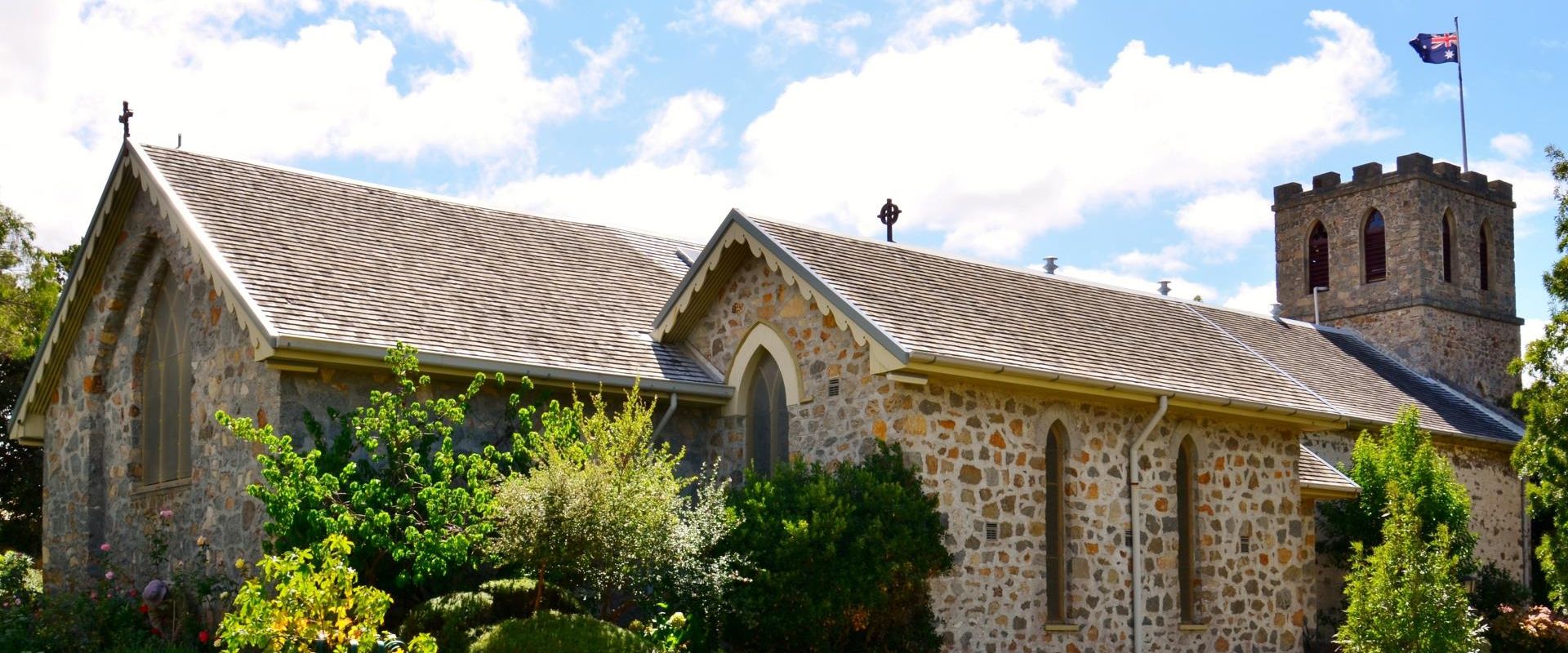Anzac Sites and History

Anzac Connection
Why Albany? In 1914, Australian and New Zealand troops gathered in Albany before leaving for Egypt and then Gallipoli, where they landed on the 25th of April 1915.
Albany was chosen as a rendezvous as it was an important coaling and watering port. It also could safely shelter the 38 troopships and three escorting warships and offered the ANZACS the chance to head off in convoy together. Many soldiers' last glimpse of Australia was at the start of that voyage as the hills of Albany faded into the distance. Their service to their country was recognised on the 25th of April 1923 in Albany at the nation's first Anzac Day dawn service, the start of a tradition that is becoming dear to the hearts of all Australians.
National Anzac Centre

The National Anzac Centre, located on Mount Adelaide, was opened on the 1st of November 2014. It is a state-of-the-art, award-winning facility built to commemorate the one-hundredth anniversary of the departure of the ANZACS from Albany. Through its use of multimedia, interactive technology, and historical artefacts, one can develop a deeply personal connection with the past and pay tribute to those who served.
Assume the identity of an actual service man or woman, and follow their experience of the Great War.
Find out more information about the National Anzac Centre here.
Princess Royal Fortress

The Princess Royal Fortress is one of Australia's best outdoor military museums. Located in the Albany Heritage Park, which includes both Mount Clarence and Mount Adelaide, the Fort encompasses the entire summit of Mount Adelaide. It is where you will find gun emplacements, underground magazine storage, a variety of exhibitions in the old barracks, and a wonderful array of memorabilia to purchase in the Forts Store, which was the old Mess Hut. Although its purpose was to protect Albany and stop anyone coming into Princess Royal Harbour, never a shot was fired from here in anger.
Walk up to the Convoy Lookout and enjoy the spectacular views of Mammang-Koort / King George Sound, where you can try and envisage the scene that it would have made with 36 ships out in the Sound waiting to depart in convoy. From this high point, the female recruits would use semaphore flags and communicate some of the last messages sent between soldiers and their families.
Desert Mounted Corps Memorial

This amazing horse statue can be found at the end of Apex Drive in Albany. The statue was originally at the Suez Canal but was badly damaged in WWI. It was later rebuilt and then brought to Albany and remounted close to the top of Mount Clarence in honor of the Light Horse Men who fought in Gallipoli.
The memorial is the site of Albany's Anzac Day Dawn Service on the 25th of April each year and is accessed by foot via a commemorative staircase that interprets the memorial. Accessible car bays are also available adjacent to the memorial via a sealed service road.
Padre White Lookout

Padre White had served in the Western Front until his health issues sent him back to Albany. His role had been to bless the soldiers just before they went into the trenches and perform the last rites to those who had been killed.
This site was developed for the centenary anniversary of the ANZACS leaving Albany and can be located just 100m up from the Desert Mounted Corps Memorial. It is also reported to be the location of the first Dawn Service in Australia, being held by Padre White on April 25th 1930. He remembered and acknowledged the soldiers who had fought and died in the First World War, choosing the spot that would possibly have been the last view of Australia for the soldiers.
Anzac Peace Park

The ANZAC Peace Park is located on the foreshore of the Princess Royal Harbour at the bottom of York Street. Its features include a Pier of Remembrance, Memorial Wall (Whispering Wall), interpretive signs and plantings of seedlings generated from the seeds of the Aleppo pines located at Lone Pine in Gallipoli.
In 2014, the ANZAC Peace Park in Albany was the centrepiece of the 100-year commemoration of the 1914 departure of Australian and New Zealand troops for the Gallipoli campaign. In 2015, Australia observed the centenary of Anzac Day, and Albany was the focus of national attention as the point of departure of the Anzac convoy.
St John's Church

St John's Church is the oldest consecrated church in Western Australia. It is located on Lower York Street, Albany. When first built, it could accommodate the whole town population - 170, so long as everyone brought their chairs!
Inside, you can find a shrine to Padre White. He had spent two years performing the last rites for his slain countrymen on the Western Front. He would also give Holy Communion on a small fold-out altar to the men before going "over the top" and into the trenches. You can see a shrine to the Padre in the church, including his original robes and small wooden altar.
To honour the Australian's who gave their lives in France, he held a service at St John's Church at 6am on ANZAC Day 1930. He then walked his congregation up to Mt Clarence, where he held the first dawn service in Australia.
Recollections of War Museum

Just half an hour from Albany along the South Coast Highway, you will find the Shapland Collection. This is a private collection of wartime memorabilia from the Boer War to the present day. It includes thousands of artefacts, including medals, equipment, uniforms, items made by troops for their entertainment, personal diaries, letters and unique wartime photo albums.
Recollections of War focuses on the humanity of all people who have served. It is about honouring not only their sacrifice, but the forbearance made by their loved ones and families both during the War and after.
Find out more here.